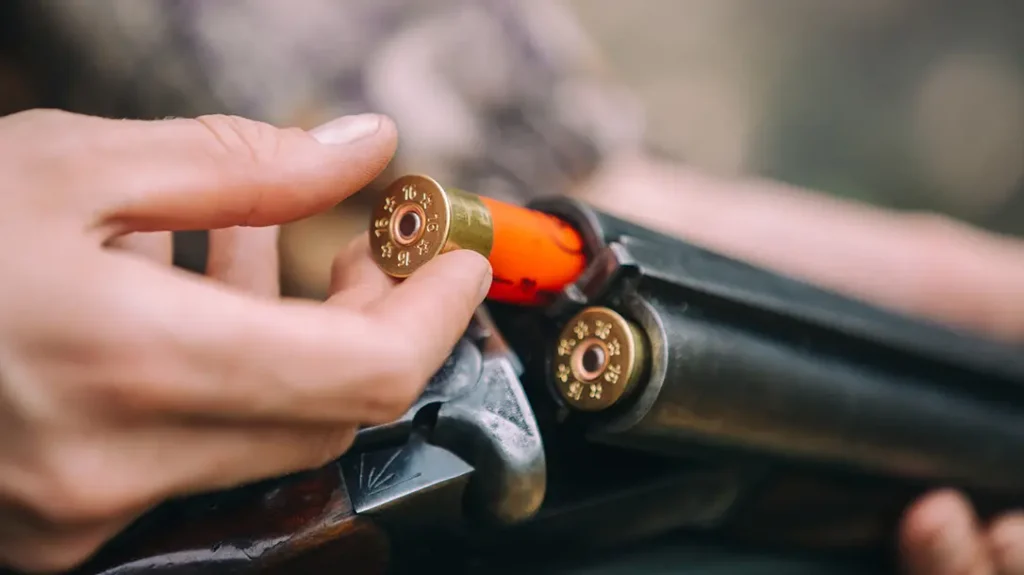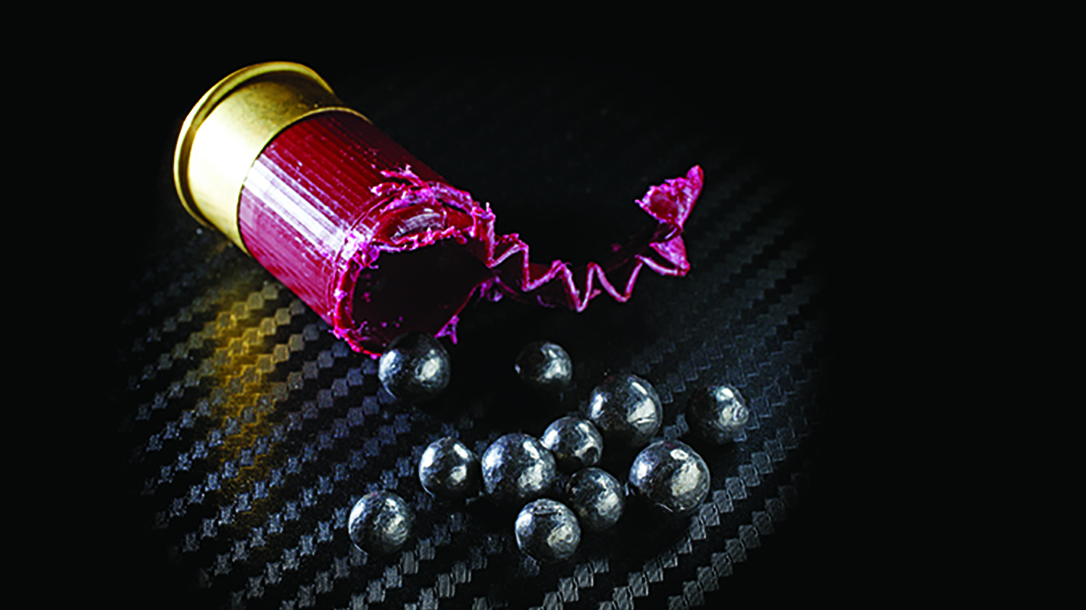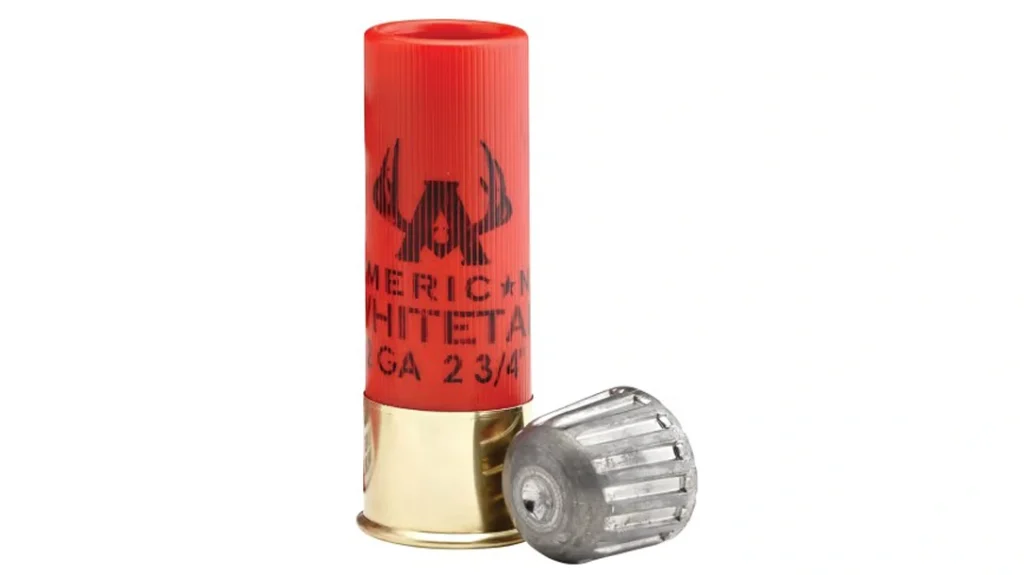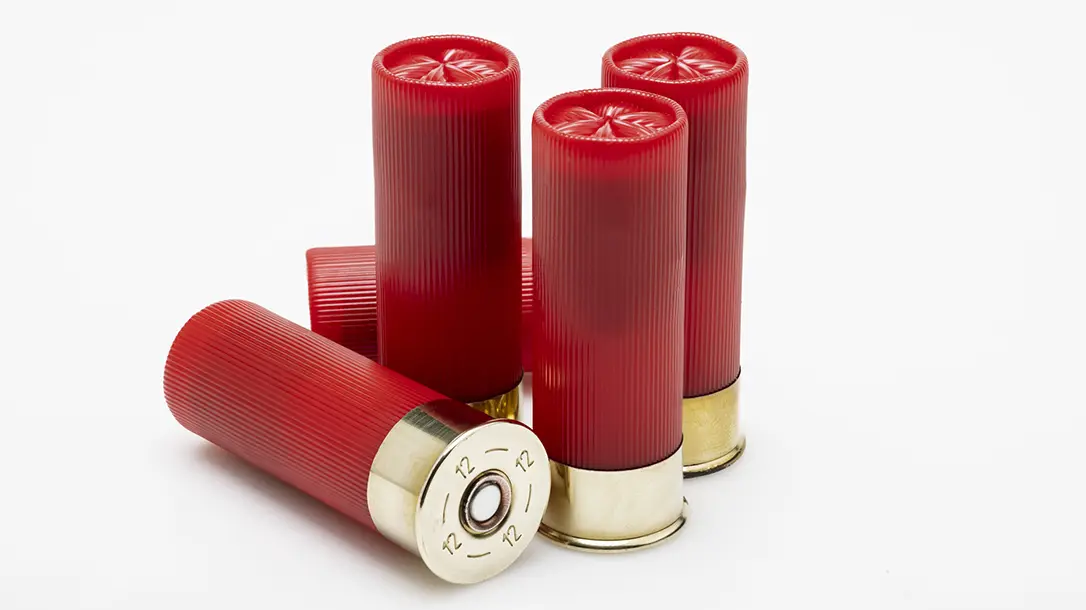Shotshells, often called shotgun shells, are the ammunition used in shotguns. That’s simple enough, yet there’s much more to choosing the right shotshell for the job at hand than simply running to the local Walmart or Academy store and grabbing a box off the shelf. Shotgun ammo types come in three basic forms—birdshot, buckshot and slugs. Each type is made for a specific purpose.
Understanding Shotgun Ammo Types
All have some common components, including a hull (generally plastic with brass base), gunpowder, a wad (or shot cup) a projectile (or projectiles, in the case of birdshot and buckshot) and a primer for igniting the powder charge.
All three varieties are available in a number of gauges and lengths. The most common gauges are 12, 20 and 28, while the most common lengths are 2.75 or 3 inches.
Advertisement — Continue Reading Below
Let’s take a brief look at each type of shotshell, their projectile(s) and their most common uses.

Birdshot
Walk into a sporting goods store and step up to the shotshell shelf, and most of the boxes you will see there are birdshot. These shells were designed for taking flying game birds or other small game. In a nutshell, birdshot are loaded with a large number of very small to small pellets (or BBs) that, when fired, expand to make a “pattern,” making it easier to hit small flying or running game than it would be with a single projectile.
Advertisement — Continue Reading Below
Birdshot comes in sizes from about 4 to 9. The smaller the number, the larger the shot. Consequently, the higher the number, the smaller the shot and the more pellets that can fit into the hull. A typical 12-gauge, 1-ounce load of No. 8 shot, common for upland birds, has about 410 pellets in it.
Most shotshells contain birdshot made from lead, while some incorporate steel and other non-toxic materials like steel, tungsten or bismuth. Regulations require these payloads for waterfowl hunting in the United Stats, and some areas require it for migratory birds and even upland game hunting.
Of course, not all birdshot is used for hunting. Shotgun games like skeet, trap and sporting clays all utilize birdshot. In those disciplines, typical shot size is 7.5, 8 or even 9.
Advertisement — Continue Reading Below
Some gun owners use birdshot in their self-defense shotguns, but there are other better options. While they’re not likely to over penetrate like some rifle and pistol projectiles, buckshot, which we’ll discuss next, is more effective for stopping an intruder or attacker.

Buckshot
Buckshot was originally designed for shooting deer on the run in southern states where dogs are often used to run deer past hunters on stands. While that is still legal and common in some states, buckshot has arisen as the favorite shotshells for home-defense applications.
Advertisement — Continue Reading Below
Basically, buckshot is much like birdshot but holds much fewer pellets of much larger size. That increase in shot size equates to more energy downrange, which is one of the reasons why it is so popular for home defense. Plus, since buckshot makes a pattern like bird shot, it is much easier to hit a target with buck when under duress than when firing a single projectile.
The most common sizes for buckshot are 000, 00, No. 2 and No. 4. In buckshot, 000 has the largest projectiles, thus the fewest with a typical 3-inch, 12-gauge 000 buckshot load having about 12 pellets of 0.36-inch diameter. In comparison, a 3-inch, 12-gauge No. 4 buckshot load holds about 40 pellets of 0.24-inch diameter.
Because of the additional energy behind the larger pellets, buckshot has a longer effective range than birdshot. However, it is not as effective for taking large game like deer at a distance over about 25 yards as a rifled slug, which we’ll discuss next.
Advertisement — Continue Reading Below
Shotguns loaded with buckshot are home defense favorites of many since each pellet has a good deal of power behind it, and the loads produce a pattern, making it easier to hit a target. They also carry less power than most pistol and rifle bullets, so over penetration isn’t as much of a concern.

Slugs
Rifled slugs, the other type of shotshell, serve to hunt large game like whitetail deer with a shotgun. The payload is a single, high-impact projectile, rather than numerous shot pellets like birdshot and buckshot.
Advertisement — Continue Reading Below
Hunters across the country use shotgun slugs to hunt deer. And since some states restrict the use of most high-powered rifles for deer hunting, slug companies have, in recent years, designed high-tech slug rounds that are effective out to 150 yards and beyond.
Called “rifled” slugs, these projectiles catch the rifling in rifled shotgun barrel, making the bullet spin and retain its ballistic potential for longer after it leaves the barrel. Many shotguns do not have rifled barrels, so do not impart spin on the bullet. But shotguns still shoot rifled slugs effectively for most purposes. The majority of slugs utilize lead in their construction, but some companies offer slugs made of copper or other materials.
A 12-gauge rifled slug is a very large projectile, typically much larger than a rifle or pistol bullet. It will typically have a diameter of about 0.75 inches and weigh around one ounce. With typical velocities around 1,500 to 1,600 feet per second, slugs put a lot of downrange energy on their target.
Advertisement — Continue Reading Below
While many choose to use slugs for their home-defense shotguns, most experts agree that buckshot is the better choice. Note that some shooting sports—3-gun, in particular—require the use of at least a handful of shotgun slugs in the course of a typical match.
Find a place to shoot at NSSF.org.
























